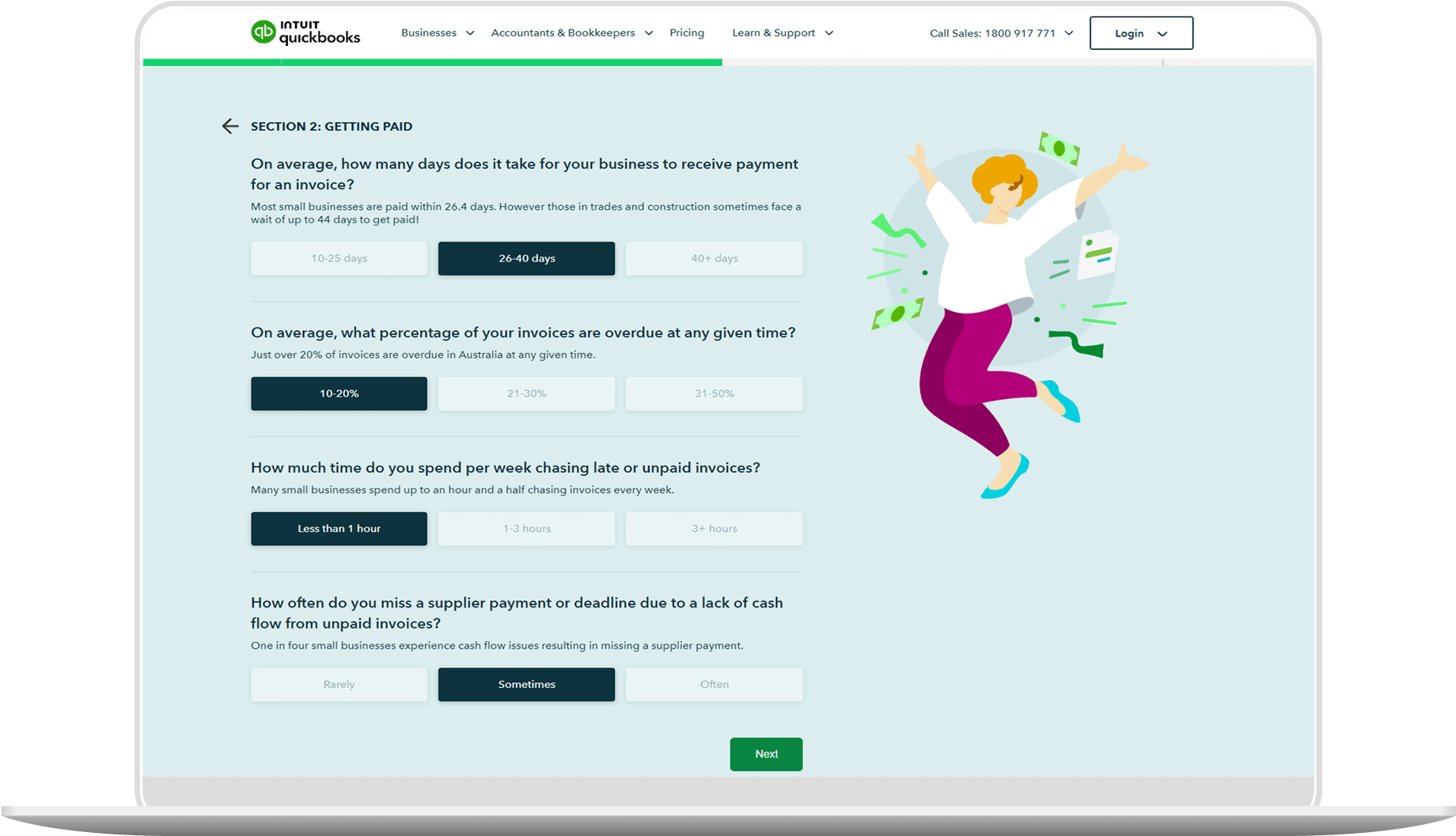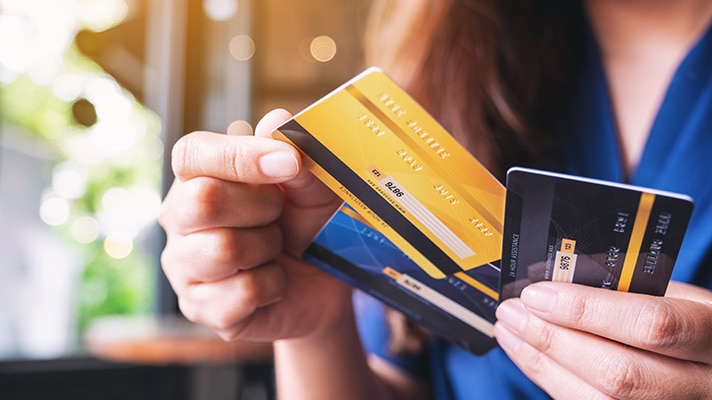Benefits of accepting credit card payments
Still not convinced that credit card and digital payments are the right fit for your small business? Let’s dig into a few other benefits for you and your customers.
Convenience for customers
Paying with a card offers a far more streamlined experience than needing to dig change out of their pockets or fill out a cheque. That’s important because convenience is top of mind for many modern consumers—especially as younger generations join the ranks and painless online shopping experiences become the standard.
Credit cards streamline the payment experience, which is a delicate time in the customer journey. Just think: the easier you make it to spend money with you, the more likely your customers are to do so.
Increased sales and higher profits
As long as a customer has their credit card in their back pocket, they’re able to make a purchase. That increased purchasing power can boost your sales, and more sales equals greater profits.
However, it’s not only the quantity of sales that gives your business a boost—it’s the value of each of those sales.
Plenty of research proves that customers actually spend more when they’re paying with credit cards. One study found that customers were willing to spend as much as 83% more when paying with a credit card than when paying with cash.
While it might not mean great things for your own budget as a shopper, it can be a positive for your business’s bottom line.
Faster payments and improved cash flow
There are plenty of challenges associated with being a small business owner, but cash flow usually tops the list.
Our own research here at QuickBooks found that 62% of small businesses have experienced a cash flow issue at some point during their company’s history.
Accepting credit card payments can actually improve your cash flow, because you’ll get the money you’re owed promptly—especially when compared with cheques, which can take a while (sometimes up to five business days) to clear.
Credit card payment processing times can vary, but merchants usually have the money within one to three days. Not having to wait on the money that’s rightfully yours makes it that much easier to know what you have, manage your business’s cash flow and (hopefully) stay in the black.
Improved organisation and time savings
Finally, credit card payments aren’t only streamlined for customers—they can reduce hassles for you as the business owner as well.
That’s especially true when your credit card processor is linked to your accounting software. It not only makes it easy to accept card payments with a single swipe or scan, but it also automatically logs those transactions.
That means you have up-to-date financial reports with almost no manual effort required.

















